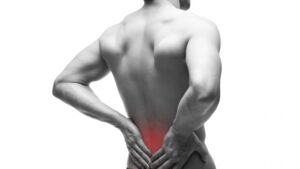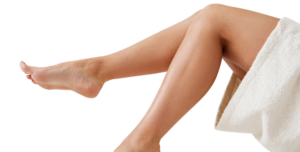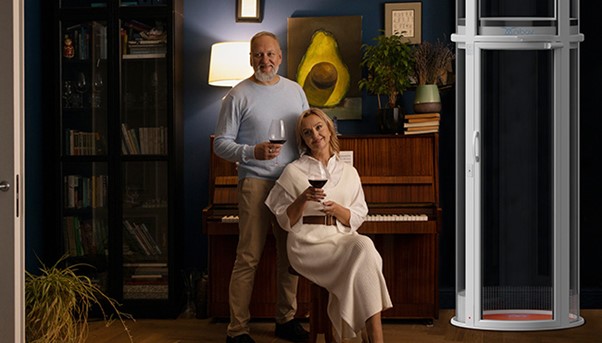Varicose veins are a common vascular condition that affects millions of people worldwide. They often appear as twisted, bulging veins, primarily in the legs, and can cause discomfort, pain, and cosmetic concerns. If you’re dealing with varicose veins, you may be wondering, “How much does varicose vein treatment cost?” and “What are the treatment options for varicose veins?” In this comprehensive guide, we will explore the various treatment options available for varicose veins and delve into the factors that influence the cost of these treatments.
Understanding Varicose Veins
What are the treatment options for varicose veins before we dive into the treatment options and their associated costs, it’s essential to have a basic understanding of what varicose veins are and why they develop. Varicose veins are a result of damaged or weakened vein valves, which can no longer efficiently regulate blood flow. When blood pools in the veins due to improper circulation, it can lead to the development of varicose veins.
Common Symptoms Of Varicose Veins Include:
- Visible, twisted veins, often blue or purple in color.
- Achy or painful legs, especially after prolonged periods of standing or sitting.
- Swelling in the legs, ankles, or feet.
- Itchy or irritated skin around the affected veins.
- Leg cramps or muscle fatigue.
Now that we have a better understanding of varicose veins, let’s explore the various treatment options available and the factors that can influence their costs.
Treatment Options For Varicose Veins
Lifestyle Changes:
The first step in managing varicose veins often involves making lifestyle modifications. These changes can help alleviate symptoms and prevent the condition from worsening. Lifestyle adjustments may include:
- Regular exercise: Engaging in low-impact activities like walking or swimming can improve blood circulation.
- Elevating the legs: Raising your legs above heart level when resting can reduce swelling.
- Compression stockings: Wearing compression stockings can help improve blood flow and reduce discomfort.
Sclerotherapy:
Sclerotherapy is a minimally invasive procedure that involves injecting a solution directly into the affected veins. This solution irritates the vein lining, causing it to collapse and eventually fade away. Sclerotherapy is typically used for smaller varicose veins and spider veins.
The cost of sclerotherapy can vary depending on the number of sessions required and the size of the treated area. On average, a single session of sclerotherapy may range from $200 to $500, and multiple sessions may be necessary for optimal results.
Endovenous Laser Treatment (Evlt):
EVLT is a laser-based procedure used to treat larger varicose veins. During the procedure, a laser fiber is inserted into the affected vein, which emits laser energy to seal the vein shut. Over time, the closed vein is absorbed by the body, and blood is rerouted through healthier veins.
The cost of EVLT can vary based on factors such as the size and location of the treated vein, the number of veins requiring treatment, and geographic location. On average, EVLT can cost between $1,500 and $3,000 per leg.
Radiofrequency Ablation (Rfa):
RFA is another minimally invasive treatment option for varicose veins. This procedure uses radiofrequency energy to heat and close the problematic vein. Like EVLT, RFA encourages the body to redirect blood flow through healthier veins.
The cost of RFA is similar to that of EVLT, with prices ranging from $1,500 to $3,000 per leg. The specific cost will depend on various factors, including the complexity of the case and the geographic location of the treatment center.
Venous Stripping And Ligation:
Venous stripping and ligation are more invasive surgical procedures reserved for severe cases of varicose veins. During venous stripping, the affected vein is physically removed from the leg, while ligation involves tying off the vein to prevent blood flow through it.
These surgical procedures are typically more expensive than minimally invasive options, with costs ranging from $2,500 to $5,000 or more per leg. The complexity of the procedure and the need for anesthesia may contribute to higher costs.
Factors Influencing Varicose Vein Treatment Costs
Several factors can influence the cost of varicose vein treatment. It’s important to keep these considerations in mind when estimating the total expense of addressing your varicose veins:
Severity Of The Condition:
The severity of your varicose veins plays a significant role in determining the cost of treatment. Mild cases that require minimal intervention may be less expensive to treat than severe cases that demand multiple procedures or surgeries.
Number Of Affected Veins:
The number of veins affected by varicose veins can also impact the cost. Treating a single vein will typically be less expensive than addressing multiple veins in both legs.
Geographic Location:
The cost of medical procedures can vary significantly based on where you live. Urban areas with a higher cost of living tend to have higher medical costs than rural regions. Be sure to consider the geographic location when estimating treatment expenses.
Insurance Coverage:
Health insurance coverage may partially or fully cover the cost of varicose vein treatment, depending on your policy and the medical necessity of the procedure. Check with your insurance provider to understand your coverage and potential out-of-pocket expenses.
Choice Of Healthcare Provider:
Different healthcare providers may offer varying prices for the same treatment. It’s advisable to obtain quotes from multiple providers and choose one that offers the best balance of quality and affordability.
Pre- And Post-Treatment Care:
The cost of varicose vein treatment may also include expenses related to pre-operative evaluations, post-operative care, and follow-up appointments. These additional costs should be factored into your budget.
Type Of Procedure:
As mentioned earlier, the type of procedure you choose will influence the overall cost. Minimally invasive treatments like sclerotherapy, EVLT, and RFA are generally more cost-effective than surgical options.
Conclusion
In summary, the cost of varicose vein treatment can vary widely depending on factors such as the severity of the condition, the number of affected veins, geographic location, insurance coverage, healthcare provider choice, and the type of procedure. It’s essential to consult with a qualified healthcare professional to assess your specific case and provide a personalized treatment plan and cost estimate.
When considering varicose vein treatment, it’s important not to prioritize cost alone. The long-term benefits of improved vascular health, reduced pain, and enhanced quality of life should also be factored into your decision. Ultimately, the investment in varicose vein treatment can lead to a healthier and more comfortable future.









